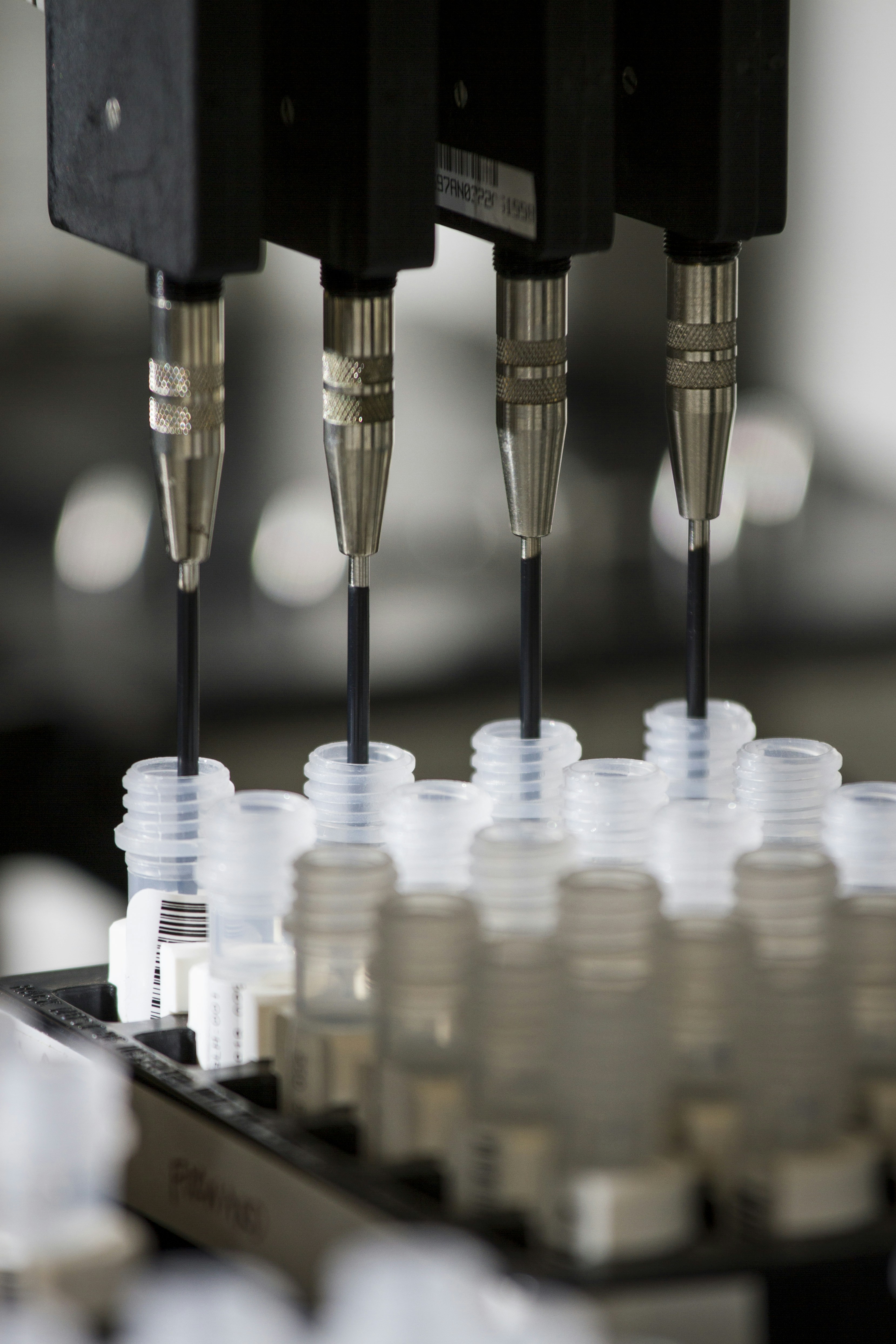The Benefits of Automated Testing in Software Development
January 3, 2024 | by test-website-with-our-blog-installed-old-version.xyz
 Photo by Federico Beccari on Unsplash
Photo by Federico Beccari on Unsplash Automated testing has become an essential part of the software development process. It allows developers to quickly and efficiently test their code, ensuring that it meets the required standards and functions as intended. In this blog post, we will explore the benefits of automated testing and why it is crucial for modern software development.
1. Improved Efficiency and Time Savings
One of the primary advantages of automated testing is its ability to save time and improve efficiency. Manual testing can be a time-consuming process, requiring testers to repeatedly execute the same test cases. With automated testing, these repetitive tasks can be automated, freeing up valuable time for testers to focus on more complex and critical aspects of the software.
2. Increased Test Coverage
Automated testing allows for a higher level of test coverage compared to manual testing. Testers can create a comprehensive suite of test cases that cover various scenarios and edge cases. This ensures that the software is thoroughly tested, reducing the risk of bugs and issues in production. Additionally, automated tests can be easily rerun whenever changes are made to the codebase, providing continuous feedback on the software’s stability and functionality.
3. Early Detection of Bugs
Automated tests can be executed frequently, allowing for the early detection of bugs and issues. By integrating automated testing into the development process, developers can catch and fix bugs before they become more significant problems. This helps to reduce the cost and effort required to fix issues later in the development cycle, ultimately improving the overall quality of the software.
4. Regression Testing Made Easy
Regression testing is an essential part of software development, ensuring that new changes or features do not break existing functionality. With automated testing, regression testing becomes much easier and less time-consuming. Test cases can be automated and run with each new build, quickly identifying any regressions and allowing developers to address them promptly.
5. Reliable and Consistent Results
Automated tests provide reliable and consistent results, eliminating the variability that can occur with manual testing. Manual tests can be influenced by factors such as human error, fatigue, or personal biases. Automated tests, on the other hand, execute the same steps and checks consistently, ensuring that the results are accurate and reliable.
6. Cost Savings
While there is an initial investment required to set up automated testing frameworks and tools, the long-term cost savings can be significant. Automated testing reduces the need for manual testers, saving on labor costs. It also helps to identify issues early on, reducing the cost of fixing bugs in production. Additionally, automated testing improves the overall efficiency of the development process, allowing for faster time to market and potentially increasing revenue.
Conclusion
Automated testing has become an indispensable part of modern software development. It offers numerous benefits, including improved efficiency, increased test coverage, early bug detection, easier regression testing, reliable results, and cost savings. By integrating automated testing into the development process, developers can ensure that their software meets the required standards and functions as intended, ultimately delivering a high-quality product to their users.
RELATED POSTS
View all

